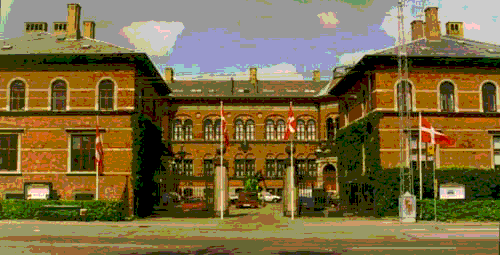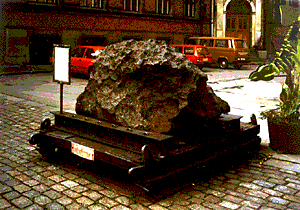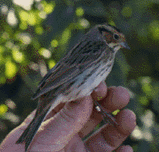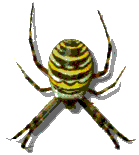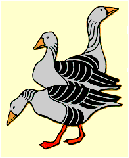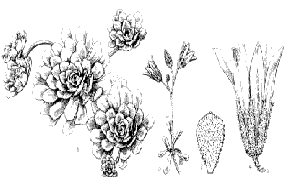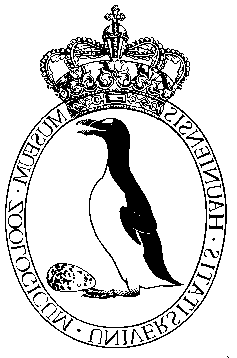|
|
|
|
|
|
|
||
|
|
|||
|
|
|
||
|
|
|
||
|
|
Field/Online -Botany, Entomology ,
Herpetology , Ichthyology , Invertebrates
(Non-Insect), Malacology, Mammalogy,
Meteorites & Planetary Science,
Mineralogy, Mycology , Ornithology,
Paleontology (Vertebrate),
Paleontology (Invertebrate), Paleobotany,
Phycology.
In addition to all this, there is an Exhibition Department (which was opened in 1970) which is responsible for the permanent and temporary exhibitions, the public education programs and the school service. Currently there are three (3) permanent public exhibitions: "Animals of Denmark", "From Pole to Pole" and "The Ocean Hall". Also, there is a temporary exhibition of animals and their skeletons, to be replaced by an exhibition of "fabulous" animals. . |
||
|
|
|
||
|
Next Selection: |
|
||
|
|

